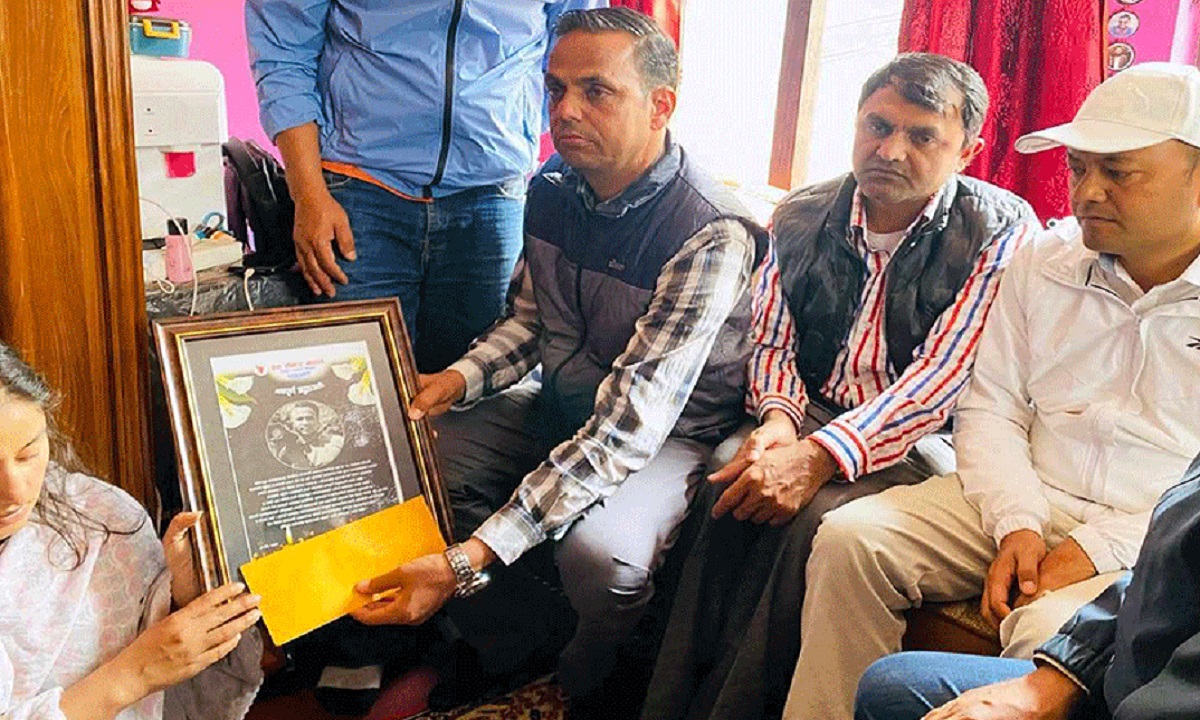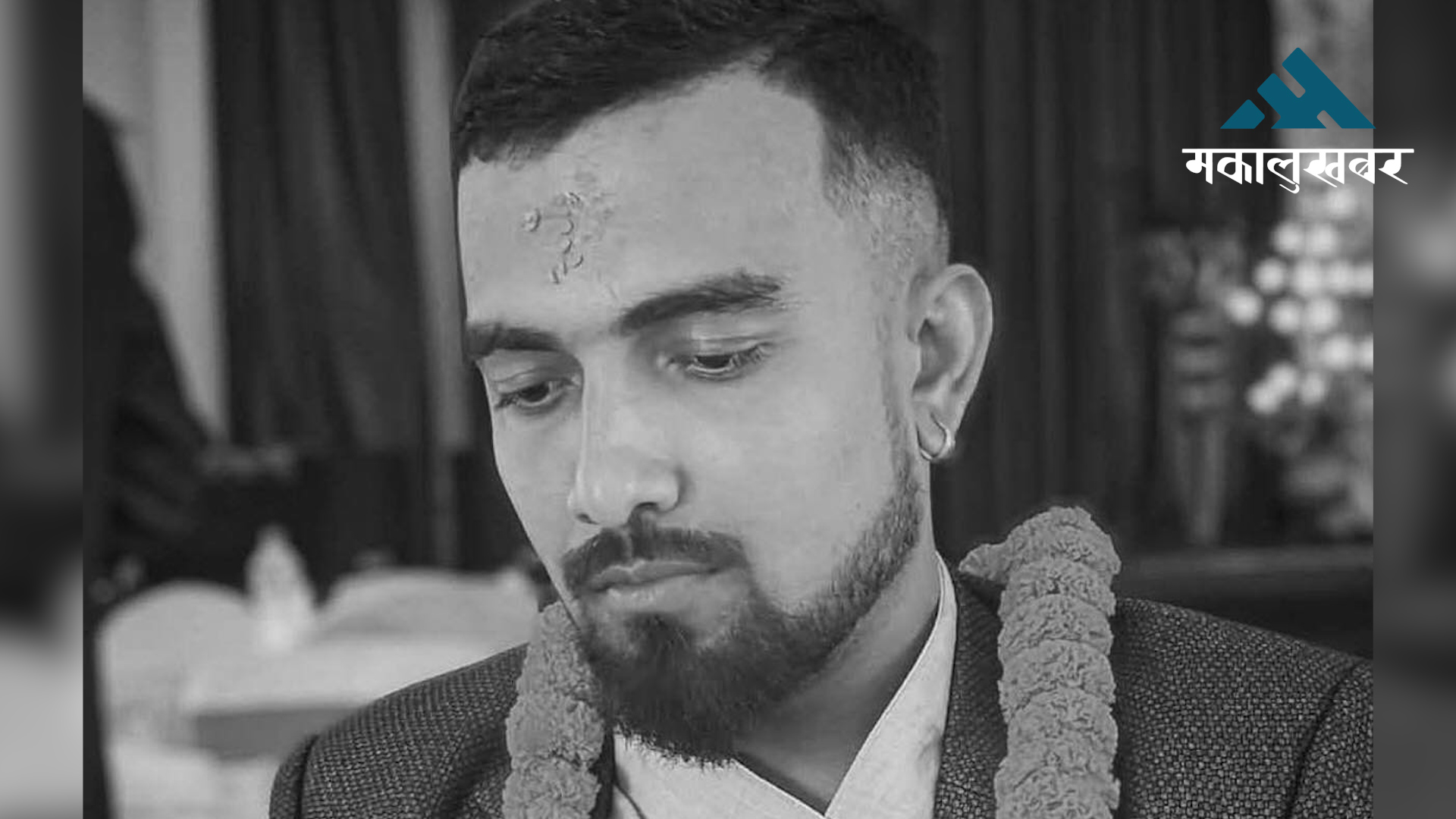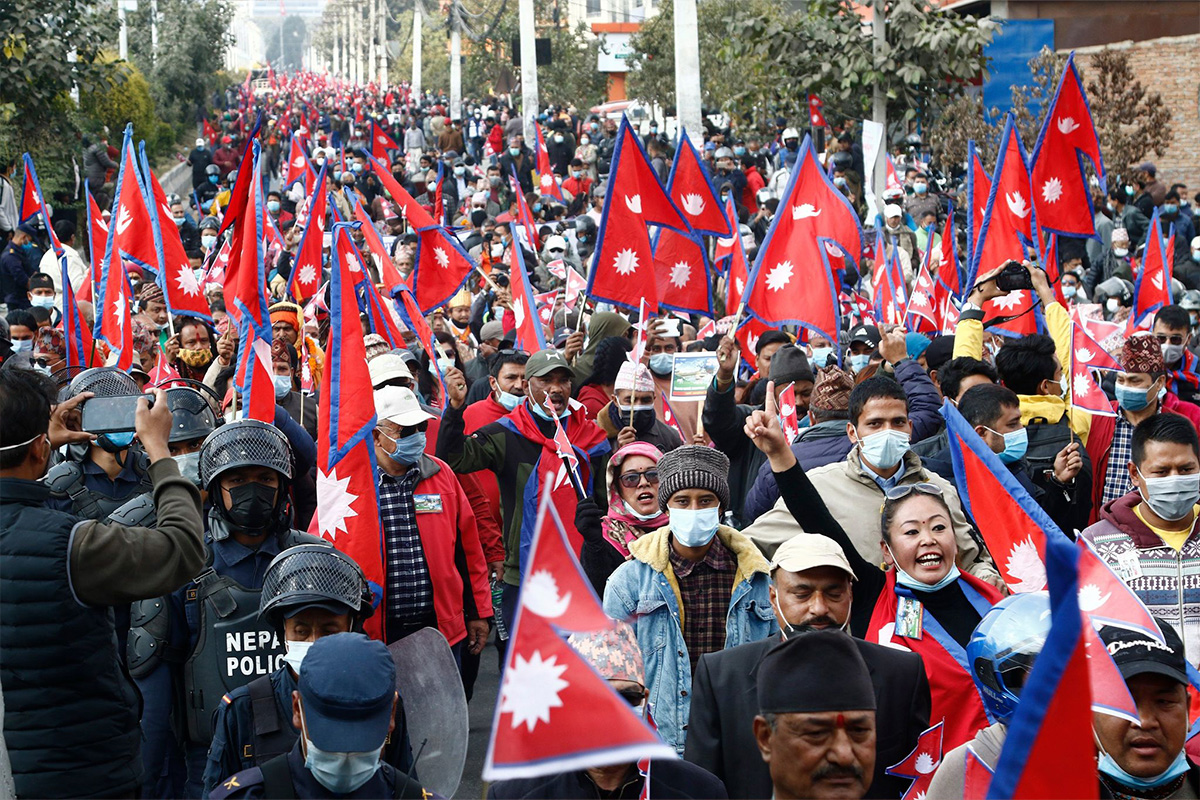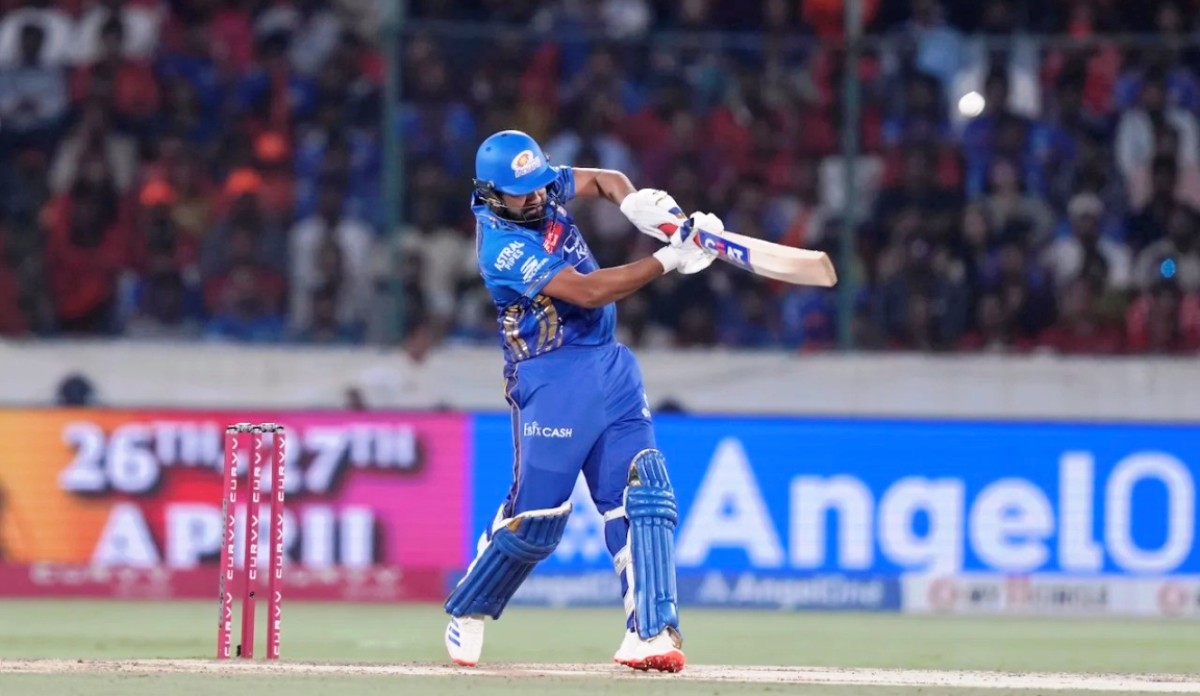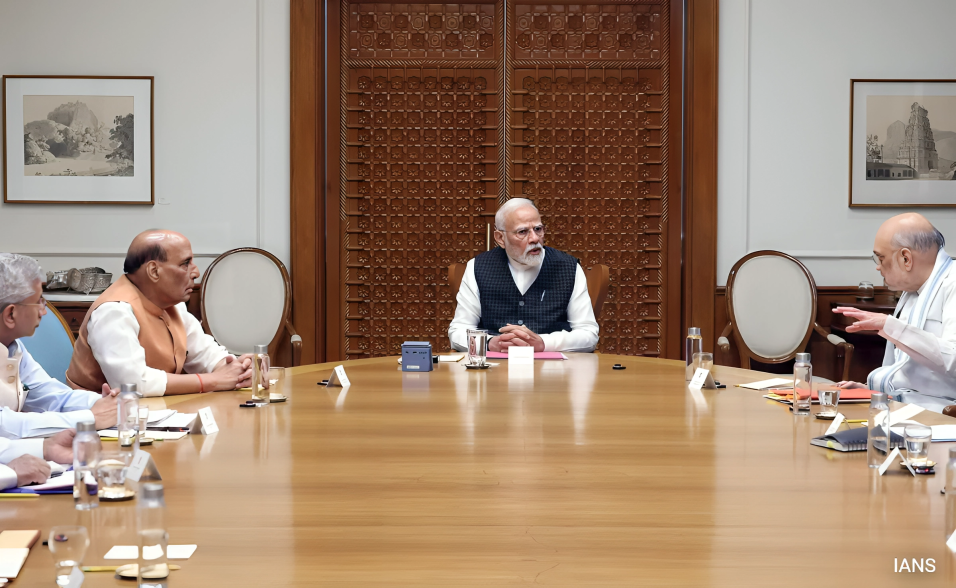Vibrancy of Sama Chakeva festival in Mithilanchal (photos)
In the Maithili community, festivals are intertwined with life’s ideals and artistic expressions, making every occasion vibrant and meaningful.
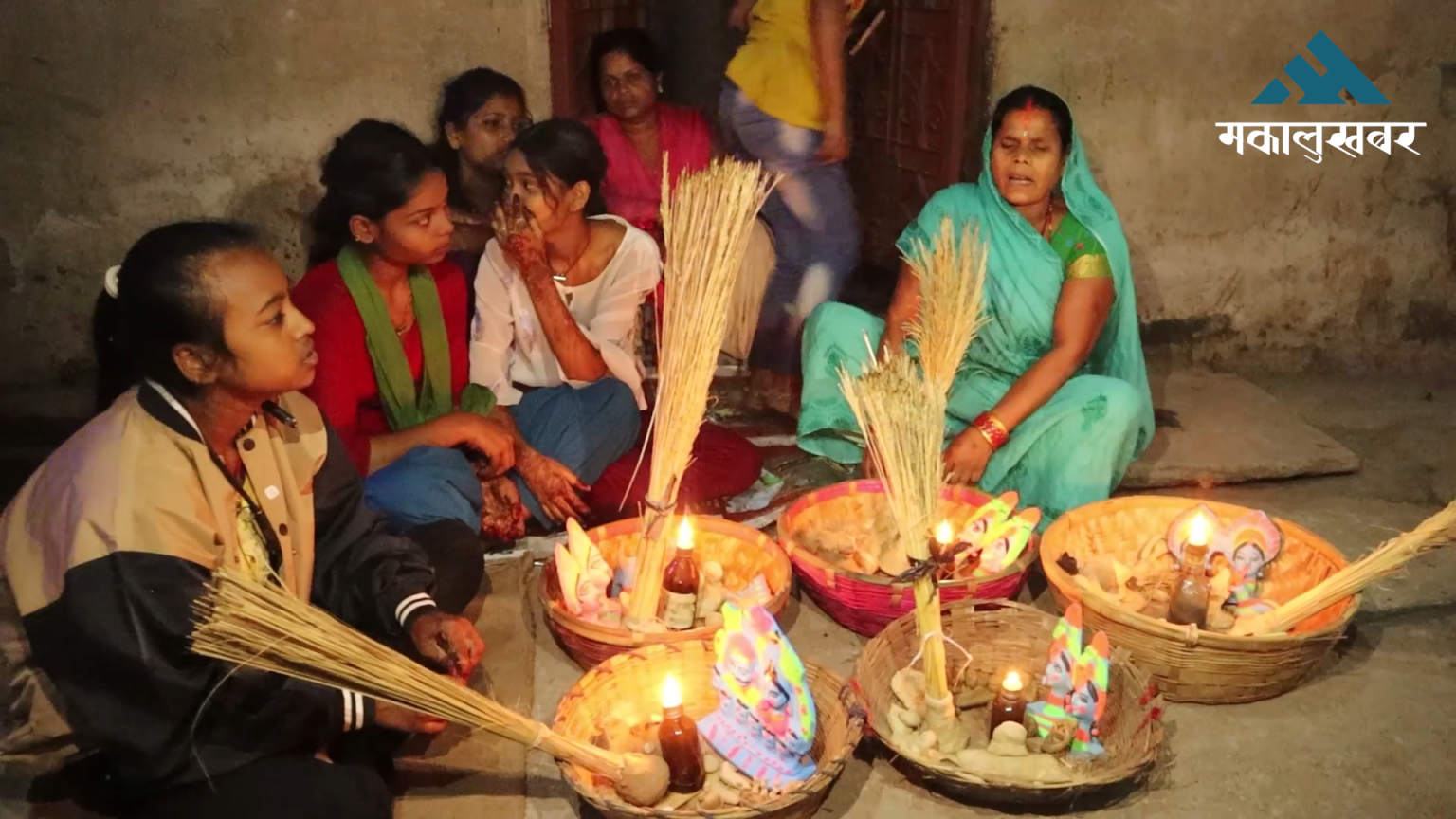
KATHMANDU: The Mithilanchal region has long embraced festivals as a means of preserving its culture.
In the Maithili community, festivals are intertwined with life’s ideals and artistic expressions, making every occasion vibrant and meaningful.

One such festival, Sama Chakeva, is celebrated with the creation of small, artistic clay idols, transforming the cool, serene atmosphere of the evening during the month of Kartik into a musical and enchanting experience.

The people of Mithilanchal, particularly women, celebrate this festival by singing folk songs and dancing with clay idols, adding to the charm of the autumn season.

The festival begins from the day of Kartik Shukla Panchami, after the Chhath festival, and lasts for 10 days, continuing through Kartik Shukla Purnima.
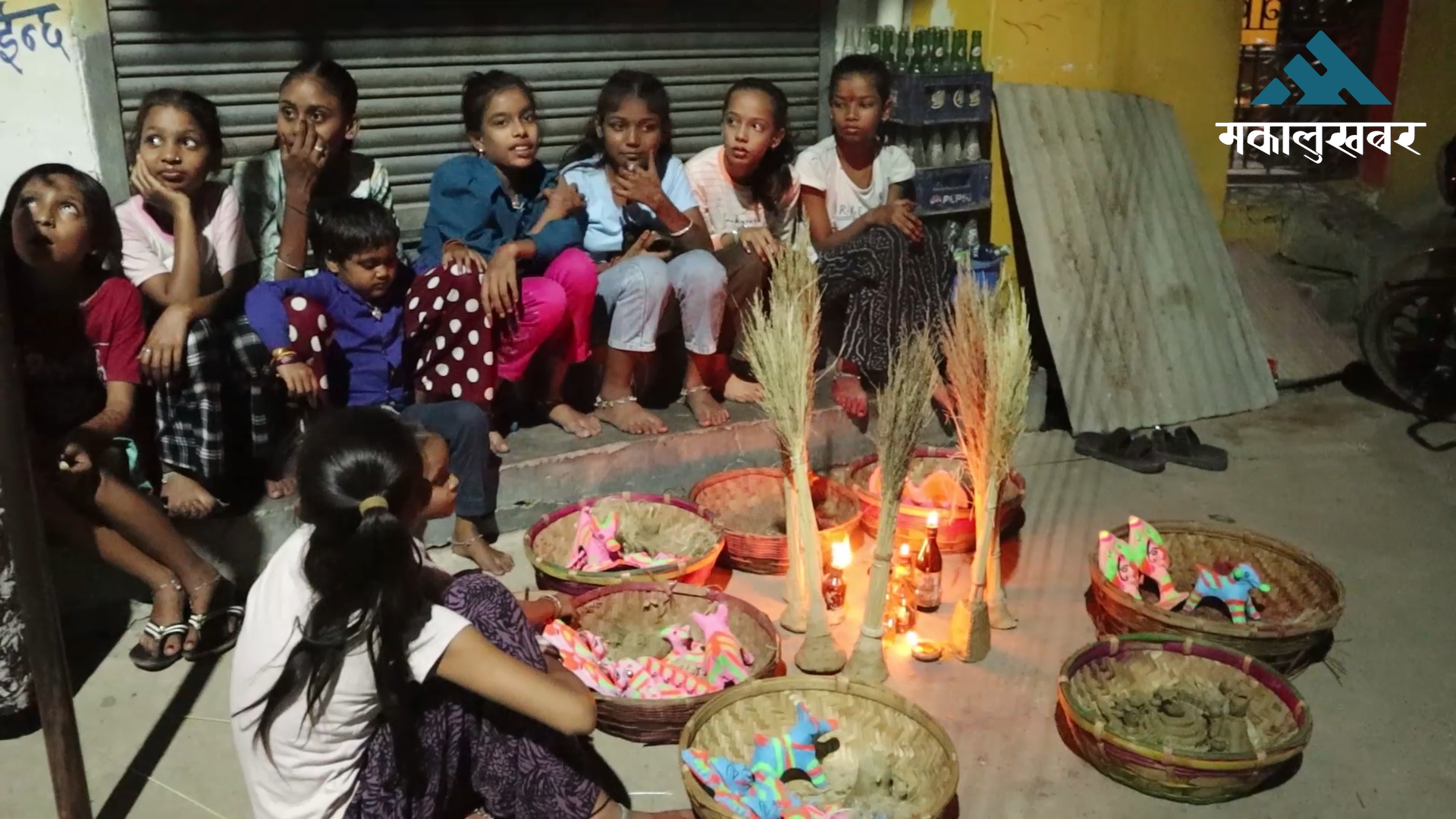
During this time, women sing melodic songs and celebrate Sama Chakeva with friends and family.

Although the festival is officially known as Shyama Chakeva, it is commonly referred to as Sama Chakeva in the local dialect.

A key tradition of the festival involves burning the Chugali, a symbolic character representing gossip or slander, which is burned by the sisters while they sing songs with contempt.

The festival also includes songs praising the valor of brothers, who are invited by their sisters on Kartik Purnima. The brothers, in return, break all the idols created during the festival and immerse them in the fields.

The sisters offer their brothers food items such as chiura (flattened rice), dahi (yogurt), sweets, and jaggery, in a ritual known as Faarbhari.

Sama Chakeva is considered a symbol of the deep bond between brothers and sisters. In recent times, as the warmth of familial love and the relationship between siblings seems to fade, this festival sends a much-needed message of love and unity. However, Sama Chakeva is gradually disappearing from the cultural landscape of Mithilanchal.

Preserving such folk festivals is crucial, as they not only safeguard cultural heritage but could also contribute to the growth of tourism in the Madhesh region.

The festival is seen as a representation of the affection between Lord Krishna’s son, Samba, and his sister, Shyama. The festival is mentioned in religious texts such as the Padma Puran and the Skanda Puran, further cementing its cultural and religious significance in Mithilanchal.

As it stands, there is an increasing call for state intervention to protect and promote such traditions to prevent their extinction and bolster cultural tourism.












